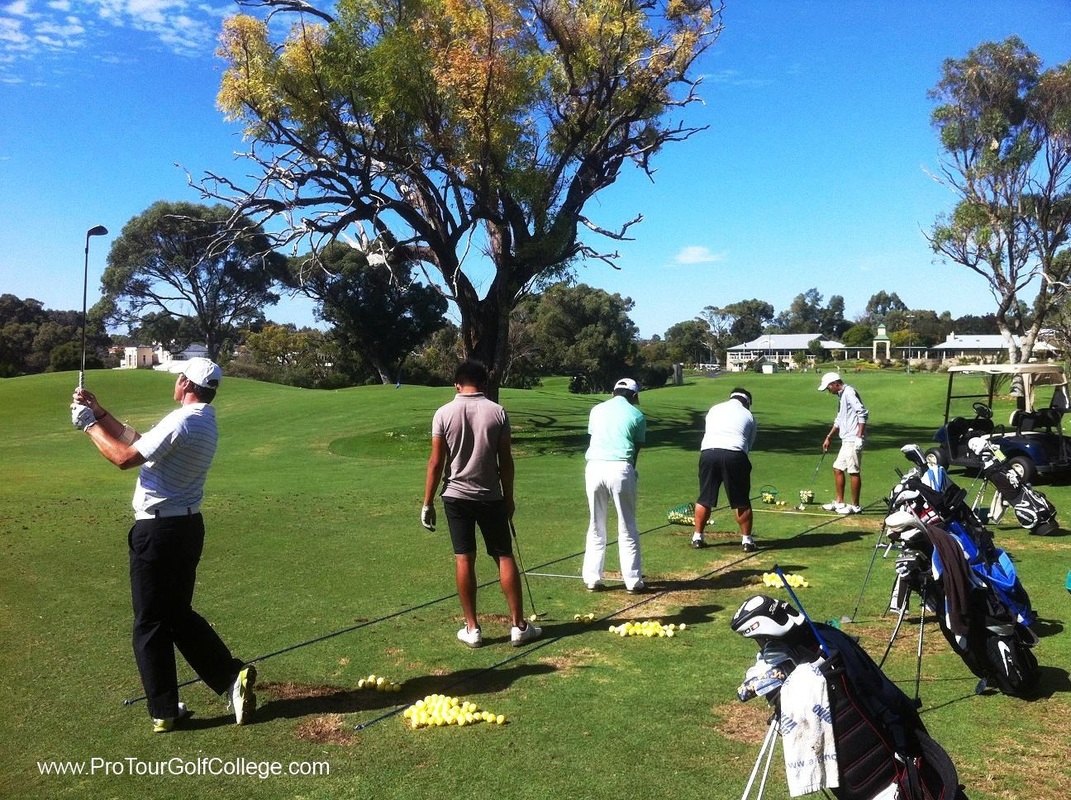
Golf hooks can occur when the clubface of the golf club is not straight or is too flat at impact. Hooks can also be caused by a lack of lower body rotation. You can get the ball back onto the fairway by having a good grip and controlling your swing path. In addition, a low pull hook with a driver may be caused by too much lower body rotation.
Strong grip
It is more effective to make draw and slice shots with the grip that is strongest. This is because it encourages an in-to-out swing that will lead to flatter and more draw-shaped shots. Additionally, a strong grip can make your clubhead lighter in your backswing, leading to higher ball speeds as well as more power. Harvey Penick, the legendary golf coach, believed that everyone should have a strong grasp.
However, a strong grip may also cause problems with your ball flight. You may have noticed that your ball is flying too far or too slow. Your grip might be to blame. It is worth correcting your grip if this happens.
Flat swing plane
A flat swing plane is possible if you are hitting right-pushed shots or if your ball ends up on the sole of your club. This could lead to a hook by hitting your ball outside your target. If this happens, you should improve your swing plane. To begin, ensure you are holding onto your golf club with a firm grip. Next, move your left arm back a bit. This will allow your right hand to move the club around your body.

Then, fix the swing path. If you're having trouble with a hook shot you should make your swing plane more 'into'. You can accomplish this by using a variety of drills. You could use anti-slice exercises to get your swing plane on the right 'in-to out' line. For golfers with a pull hook, these drills can be extremely effective.
Impact: Squaring the clubface
You must first square the clubface at impact in order to fix a hook golf. To do this, you should put your right hand all the way down on the club shaft. You will then need to square the clubface against your club's. As the alignment rod is at impact, the clubface's leading edge should be perpendicular. If it isn't, the clubface will still be open at impact.
Clubface's position in the downswing is crucial. This position is crucial to the downswing and can cause big misses or higher scores. In order to square the clubface at impact, the ball must start slightly to the inside, or the right or left. If the swing path curves inwardly, the ball will turn to the left.
Swing path control
Correcting your golf swing will fix any problems that cause your ball to catch. This involves setting up the clubface so that it is parallel to your target and ball, and not crossing any lines. Also, adjust your clubface angle at impact so it points toward your target.
Closed clubfaces could be the reason for your golf hook. This occurs when your shoulders or feet are too far from where the target line is. This position affects your swing path, creating sidespin. This can be prevented by aligning your feet and shoulders with the target line.

Avoid striking the headcover
A hook is a common problem for golfers. You have probably spent hours trying to fix it. First, you need to avoid hitting your headcover. It squares up the clubface creating a neutral path. This will remove the sidepin from the shot. The next step is to use an alignment stick, which creates a high-stakes target that will help you square the clubface.
Also, correct your stance when you fix a hole in the golf club. You must ensure that you place your trail foot at least four to six in front of the ball. Keep your shoulders closed so that you are aiming towards the target line. If you hit the headcover, the ball will travel further to the left than you would like.
FAQ
How much does a round of golf cost?
Expect to pay $15-$30 per head This amount includes greens fees, cart rental, and refreshments.
How do I practice my golf swing?
Practice makes perfect! It is vital to practice any sport. Practice is essential if you are to improve your golf game. Practice until you become comfortable with the basic mechanics of the swing.
You should practice using both your hands. First, practice with shorter shots. Next, practice longer drives. Then, you can practice chipping as well as putting.
How is the game of golf scored?
The scorecard is broken down into four distinct categories: Stroke Play (Par 3, Par 4 and Par 5), and Stroke Play (Par 3 & Par 4). Each category can be further broken down into strokes. To attain par, a golfer must play 18 holes (Par72).
The lowest score wins.
Statistics
- Professional golfers typically make between 60% and 70% of greens in regulation. (en.wikipedia.org)
- In the United States, women made up 25 percent of golfers in 2021, which was up from 19 percent in 2011, and junior female golfers account for 35 percent or 1.1 million golfers.[50] (en.wikipedia.org)
- Professional golfers typically make between 60% and 70% of greens in regulation. (en.wikipedia.org)
- He shanked the first attempt, but it is estimated his second went more than 200 yards (180 m).[52]Golf courses worldwide. Below are the top 20 countries with the most golf courses as of 2019.[53]CountryNumber of (en.wikipedia.org)
External Links
How To
How can you play better when the wind blows?
Golf is played in open areas on grassy areas. It is one the most loved sports in the world. There are many types of golf courses across the world, ranging from public parks to private clubs. Indoors, golf is also possible at malls and indoor arenas. There are a series holes that players must hit their balls into. Each hole features a fairway and rough, hazards (e.g.. water), and a teebox. You can choose to use a driver, wedge (long iron), or putter depending on what type of shot you are looking for. According to the course rules, players may need to carry the ball for a specified distance before hitting it. Or they may only need to drop the ball into the cup. The conditions that a player experiences when playing outdoors golf can have an impact on how they hit their shots. These include temperature, humidity and visibility.
There are two types main winds: headwinds or crosswinds. Headwinds blow from the right to the left and crosswinds are from the left. If the wind is blowing towards the golfer, then he/she is hitting against the wind; if it is blowing away from him/her, then he/she will be hitting with the wind. Golf in strong winds is harder as the ball tends not to travel as far and higher. It is difficult to control the ball's trajectory and direction. To offset these effects, players attempt to keep their club face perpendicular the ground. They aim to strike the ball so that it makes contact with everything and gets maximum power. The ball will fly farther in stronger winds, but it will fly lower in stronger winds.
It takes a lot practice to play golf in wind. As mentioned above, the wind affects the flight path of the ball. The wind affects the flight path of the ball. A skilled golfer will always be aware of this. He/She would adapt his/her swing to suit the conditions, so that he/she could hit the ball with no energy loss. It is also important to consider the direction of the wind. Wind doesn't travel in the same direction. For example, the breeze that blows off the ocean can be very light, but it can often be stronger near the shoreline. Similar to this, wind blows strongly close to the ground. The golfer must therefore pay attention to the wind direction as well as intensity.
Golf in the wind is a constant adjustment process. It is important to be aware of the wind and adjust your swing accordingly. Also, you have to learn how to read the wind and adapt your swing accordingly.